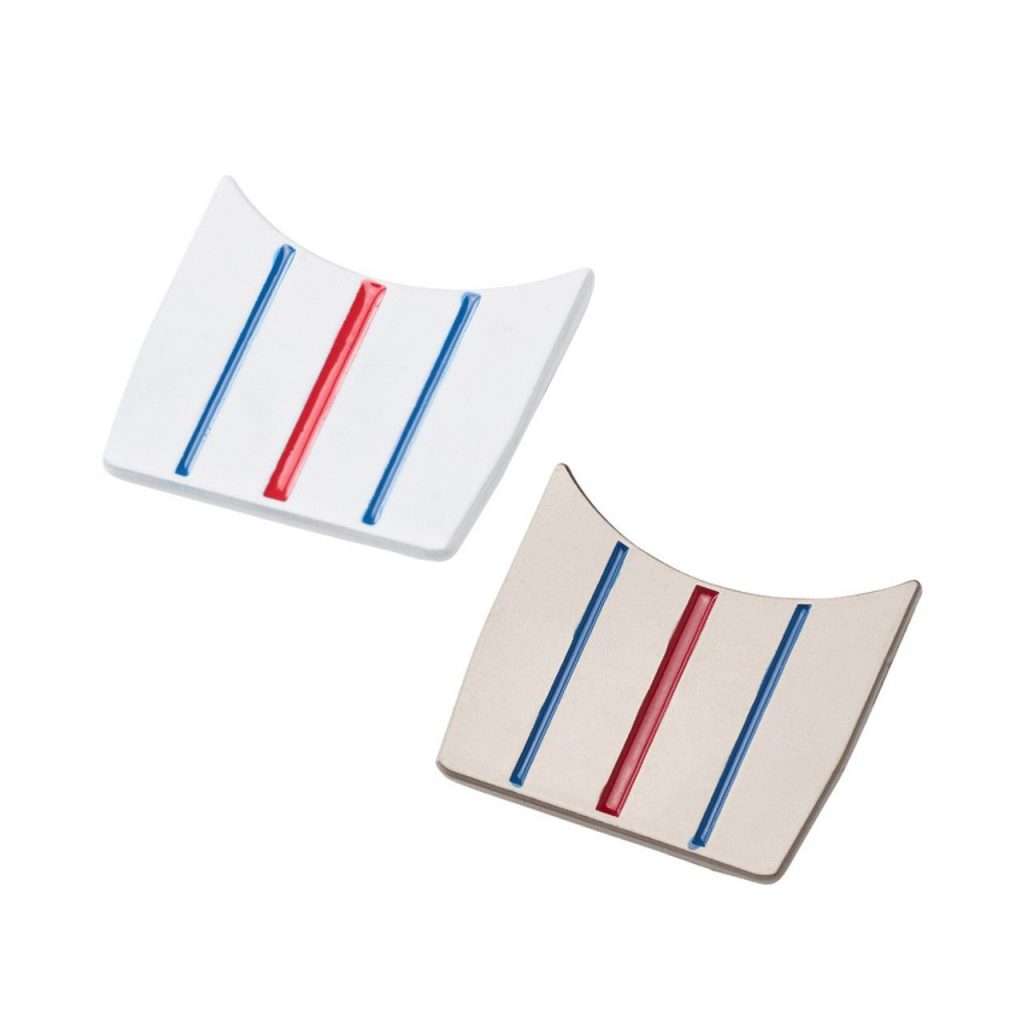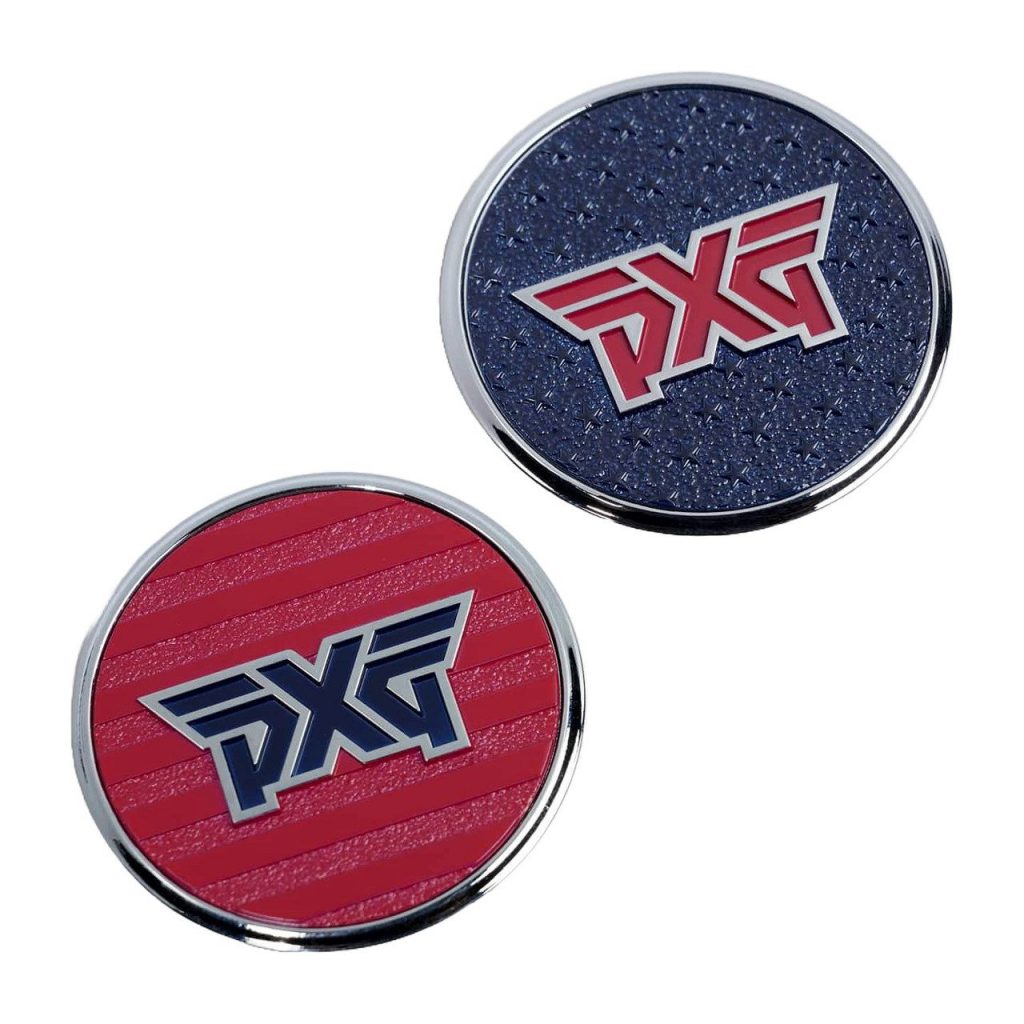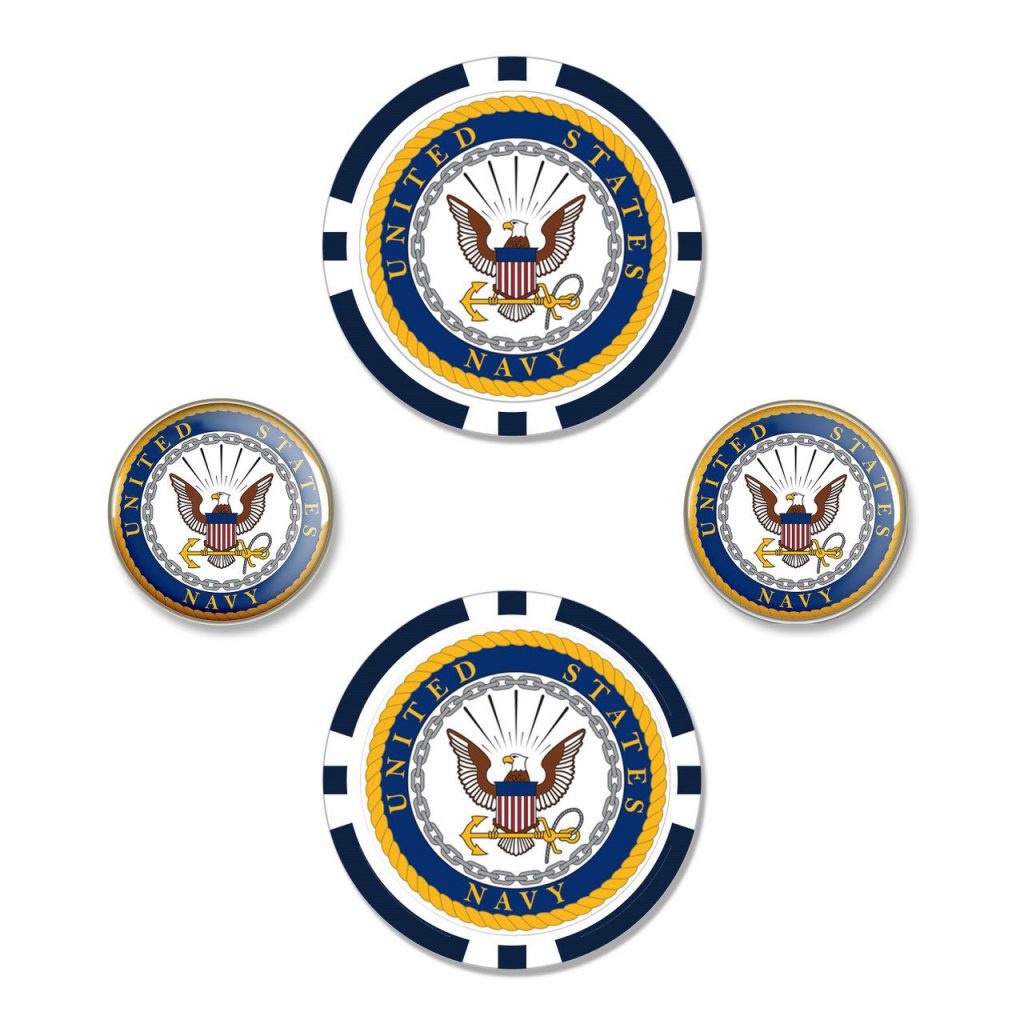Golf Ball Markers: The Only Guide You Need
I have marked my ball with everything from a lucky penny to a custom $50 marker. After twenty years and countless rounds watching players fumble with markers or forget them entirely, here is the truth: the best golf ball markers are the ones you will use correctly every time.
What Exactly Are Golf Ball Markers?
It is any artificial object you use to mark your ball’s spot before lifting it. A coin, a tee, or a purpose-made magnetic disc all work. You can even mark by placing your club on the ground right behind or beside the ball, although that is not my choice on a windy day.
The key word is “artificial.” I once played with someone who tried to mark with a leaf. Do not be that person.

The Rules You Actually Need to Know
Getting the Basics Right
Place your marker right next to the ball. Behind, in front, or to either side is fine, but make it precise. Replace the ball on that exact spot, then remove the marker before you make a stroke. I once watched a scratch golfer take a penalty in a club championship after putting with a poker chip still on the green. Painful and avoidable.
The Cleaning Question
You may clean the ball when you lift it, with a few exceptions such as when you are identifying the ball or checking relief. If you are unsure, ask your group. A quick check now is better than a penalty later.
When Someone Is In Your Way
If your marker interferes with another player’s line, move it to a clear reference point, such as one or two putter heads to the side. When they finish, return it to the original spot. Simple muscle memory once you have done it a few times.
Quick Etiquette Checklist
- Mark right next to the ball and be precise.
- Replace to the exact spot and remove the marker before you putt.
- Move your marker if asked, then return it to the original spot.
- Use a low-profile marker near another player’s line.
- If you are unsure about cleaning, ask the group first.
Related Reads:
- How to Use a Golf Divot Tool (Without Looking Like a Rookie)
- DIY Golf Ball Testing: How to Evaluate Performance on the Course
- Golf Ball Pack Size: How to Choose the Right One
Types of Markers: What Actually Works
The Classic Coin
Thin profile and always available. The downside is that it can blend into pocket change. Dedicate a specific coin and keep it in your bag.
Poker Chips
Easy to see and fun designs, but the height can distract players on fast greens. Better for casual rounds than tight scoring situations.
Magnetic Markers
A marker that clips to your hat or divot tool solves the “where did it go” problem. Just make sure the magnet is strong enough to handle walking, practice swings, and summer heat.
Divot Tool Combos
One less item in your pocket. The detachable marker pops on and off magnetically. Check the magnet strength to avoid mid-round scavenger hunts.
Alignment Markers
Lines and arrows can help some players commit on short putts. Others find the graphics distracting. Test it in practice: hit ten putts from six feet with an alignment print, then ten without. Keep whichever produces better start lines and confidence.

Choosing Your Marker: What Really Matters
Visibility
Pick a color that stands out on your local greens. Bright white tends to pop on darker bentgrass. Neon or darker colors show up well on pale, firm surfaces. Classy finishes are great, but only if you can spot them instantly.
Profile
Lower is better near other players’ lines. Ultra-thin can be hard to grab with cold or wet hands, so find the sweet spot.
Weather Grip
A bit of texture helps in rain or humidity. Highly polished coins can be slippery when wet.
Real Situations You Will Face
- “Can you move your marker?” Acknowledge, shift it one or two putter heads to a clear reference, then replace it to the original spot when safe.
- “I forgot to remove my marker.” If you catch it before the stroke, simply remove it. If you already putted with it there, that can be a penalty. Build a remove-the-marker step into your pre-putt routine.
- “Can I use a tee or my putter to mark?” Yes. A tee is fine, and placing your club next to the ball is also acceptable. Stick to artificial objects that mark the exact spot.
Taking Care of Your Marker
Keep markers away from keys and grit that scratch clubs and phones. Wipe them after sandy or wet rounds. If you use a hat clip, replace it when the magnet weakens so the marker does not disappear during the back nine.
The Bottom Line
A marker is the smallest piece of gear that can save you from needless penalties and awkward delays. Choose one you can see quickly, grab easily, and use without distracting anyone. Whether it is a beat-up penny or a custom engraved token, the best marker is the one you use correctly every time.
What is your go-to ball marker? Any horror stories about forgotten markers or lost coins? Share in the comments.
Writer/Editor: Danny Kapp is a passionate golf enthusiast and a 9-year veteran golf blog writer for Rock Bottom Golf, offering his unique perspective on the game. With a keen eye for detail, he covers various aspects of golf, ranging from technical insights to the latest trends in golf equipment and golf technology.

Sources:
- Rule 14 – Procedures for Ball: Marking, Lifting and Cleaning; Replacing on Spot; Dropping in Relief Area; Playing from Wrong Place. (n.d.). https://www.usga.org/content/usga/home-page/rules/rules-2019/players-edition/rule-14.html
- Rule 15. The R&A. (n.d.). R&A. https://www.randa.org/en/rog/the-rules-of-golf/rule-15






